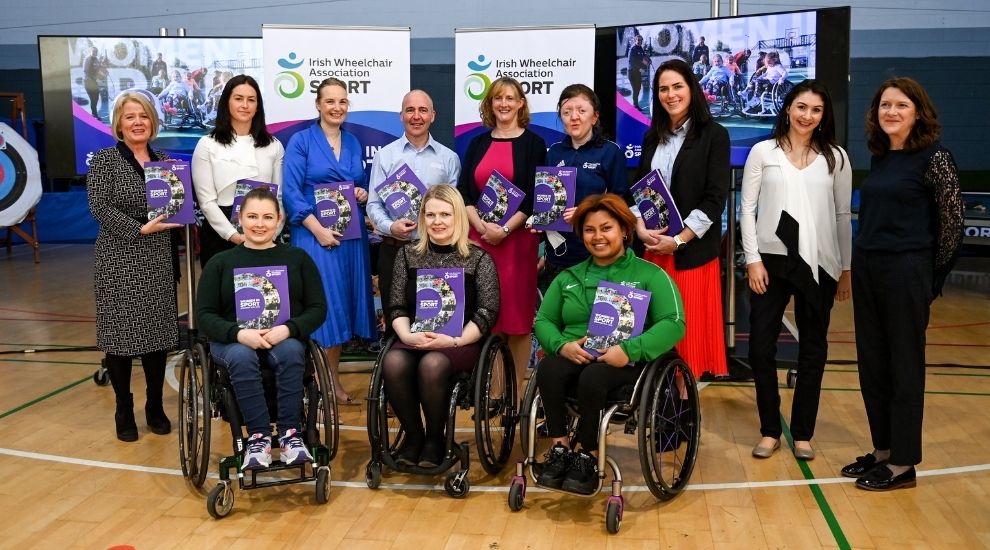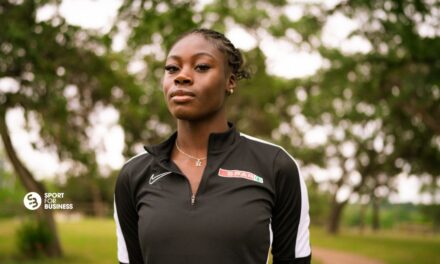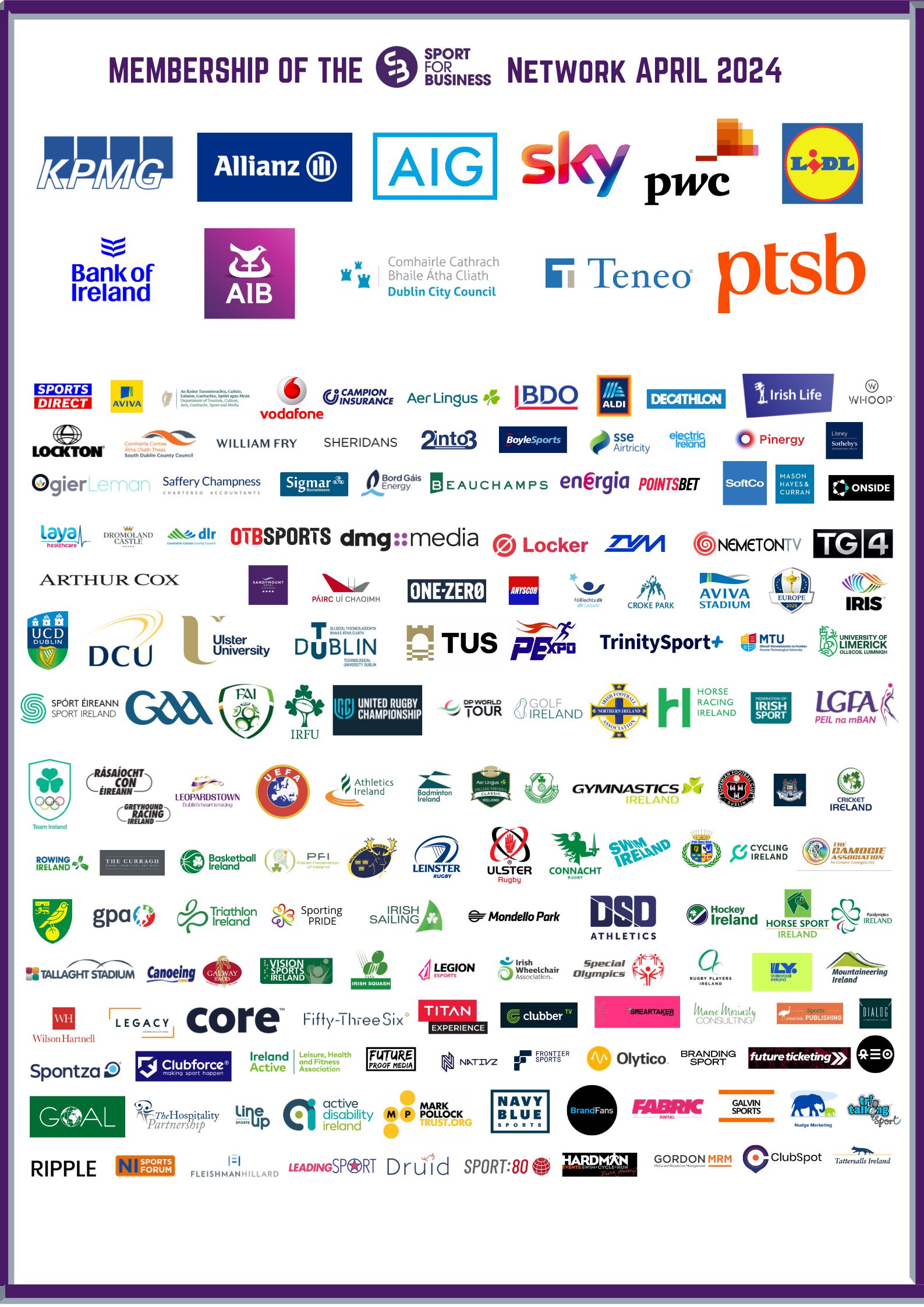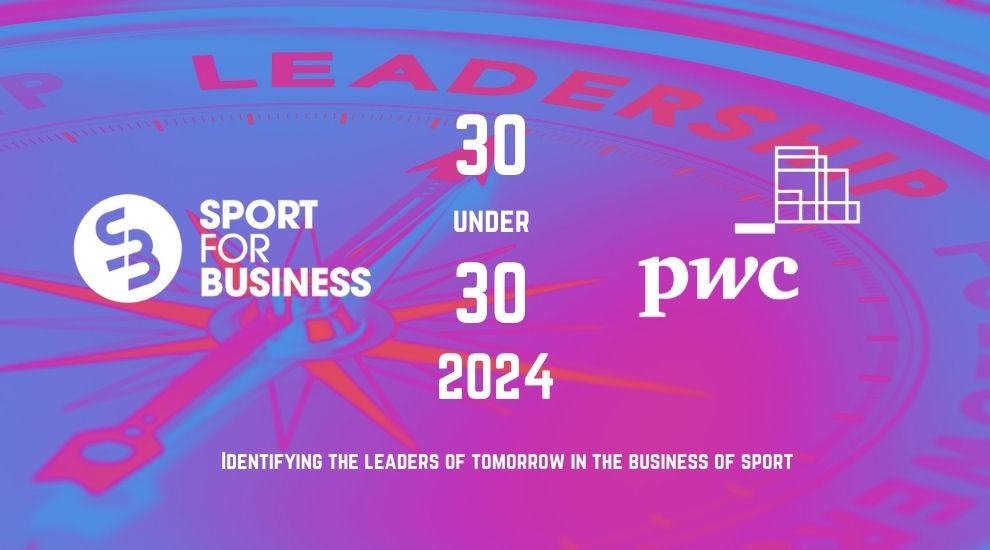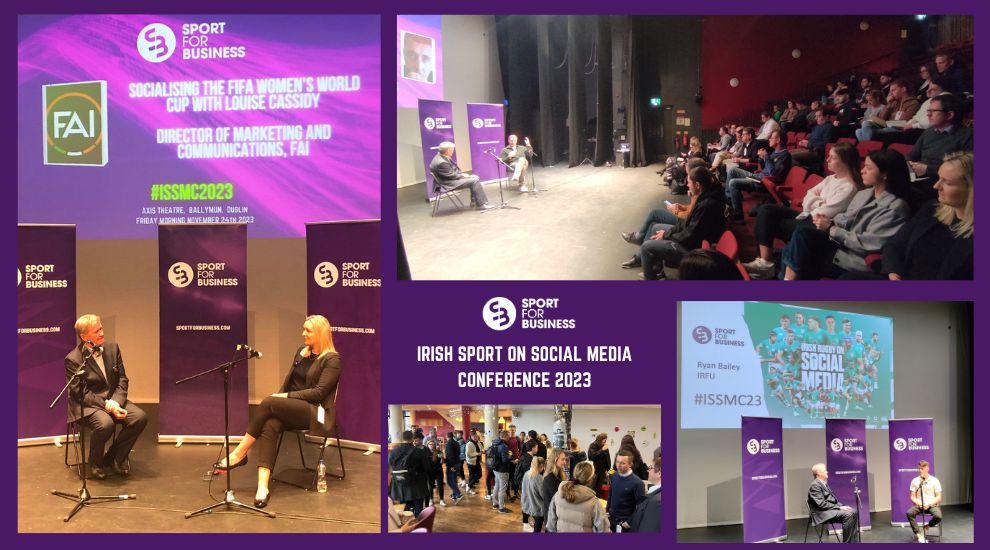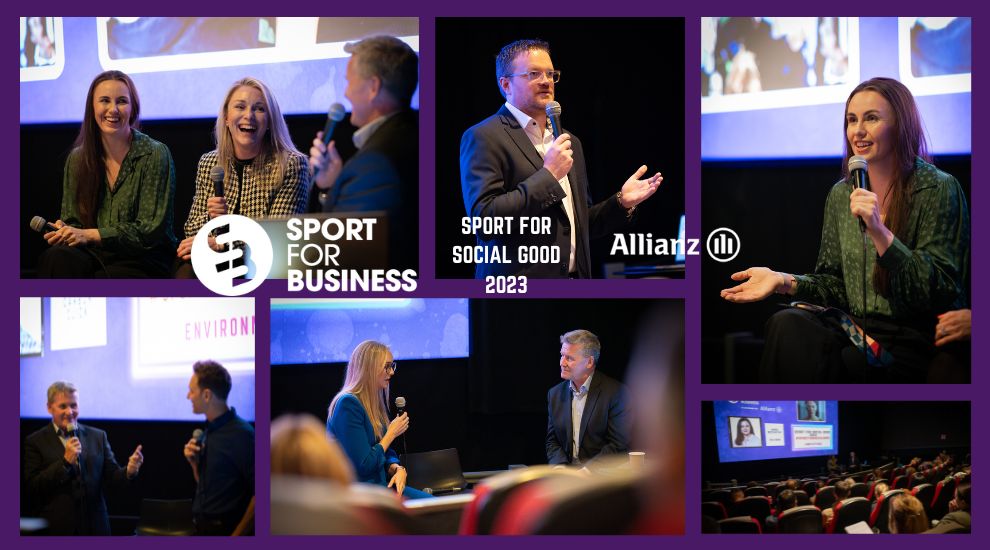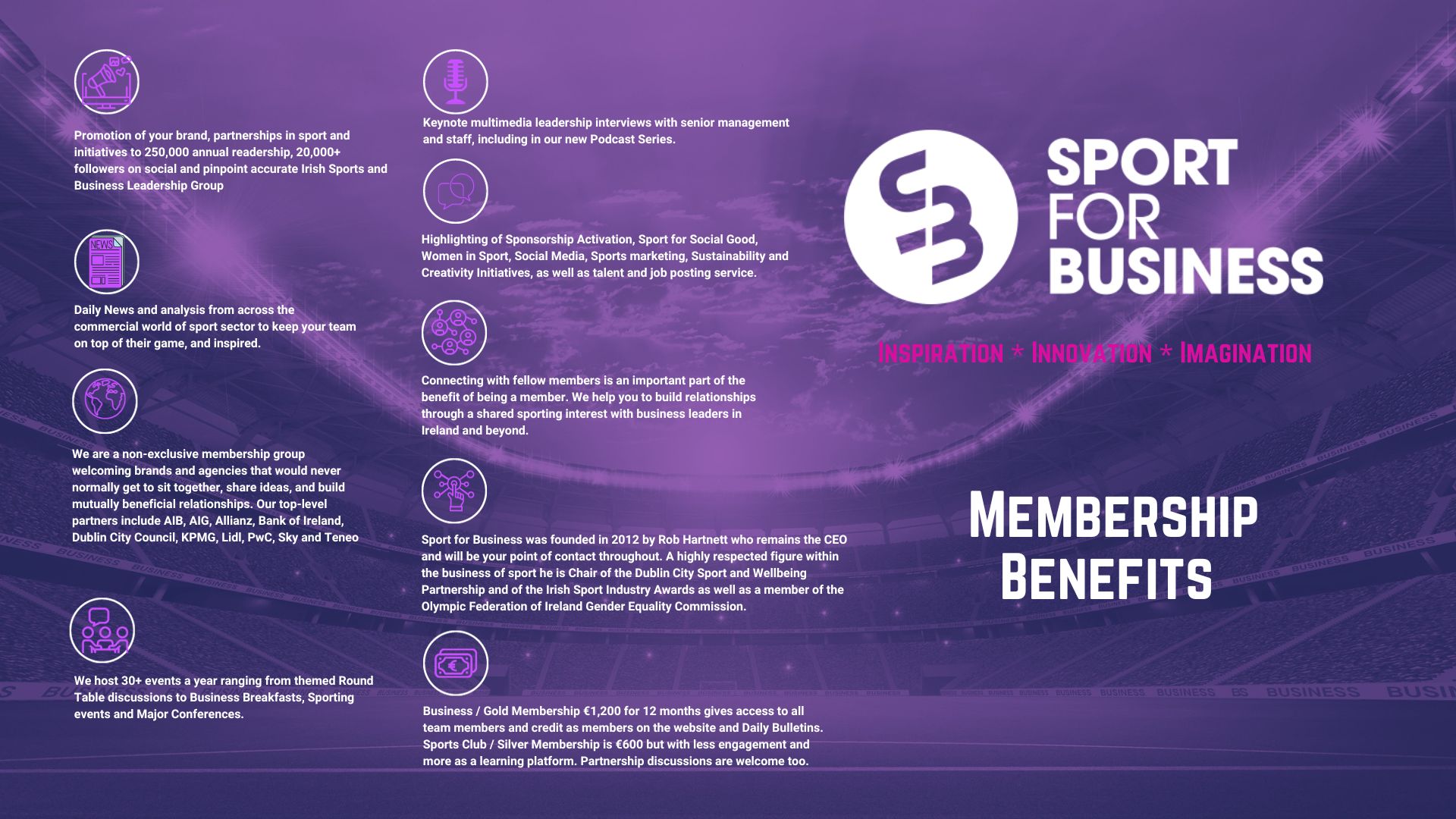“We have undertaken this important piece of work because we want and need to do more.” That is the opening line from the Irish Wheelchair Association Director of Sport Nicky Hamill frim the organisation’s newly launched Women in Sport strategy.
“The facts are striking. The evidence is available that tells us people with disabilities are underrepresented in sport and within that, in comparison to men, women with disabilities are even more so, in all levels and strictures including participation, coaching, leadership and visibility.”
Women represent 38 per cent of the membership of the Irish Wheelchair Association and the number of girls involved in children’s programmes is at a similar level.
On adult programmes, though it drops to less than half that with only 17 per cent of those who take part5 being female.
The strategy, based on detailed consultation with members and stakeholders seeks to address that number.
The strategy was launched yesterday by Sport Ireland CEO Dr Una May who pledged the full support of Sport Ireland in helping to achieve the goals set out.
“Sport should primarily be about having fun and we need to remove the barriers to taking part that take away from that,” she said.
The strategy has been created by Paralympics Ireland Vice President Lisa Clancy.
“Seeing the power of sport through great athletes such as we saw in Tokyo is important but it is even more so to have as many girls and women as want to, to be able to take part.”
“Creating change in the four pillar areas of Active Participation, Visibility, Leadership and Coaching are what we have been told we should be doing and what we have now created a pathway to do so.”
The strategy outlines 28 specific aims across the four pillars and timelines to each. Among them will be to drive a five per cent annual growth in participation. From a low base that may seem unambitious but the desire is there to get moving and then to accelerate in future iterations.
There will be regular reporting and monitoring to ensure this is a living, breathing strategy that is continually to the fore and not just a document to gather dust until the next plan is done in four years’ time.
It is hard to hold yourself to account in an area where improvement is needed but recognising that need and then doing so are important advances.
We live in an era where our Paralympic athletes have a greater profile than ever but where their stories of taking part away from the biggest stages can and will be told.
Life in a Wheelchair makes you different from others in an obvious sense but the aim for all of us should be to look beyond the chair, at the person within and to give the same opportunity to live a life of social and physical activity that we know in every sense will be a winner.
It was a pleasure to be at the launch yesterday and will be fascinating to follow up as the programmes outlined are brought to life.

